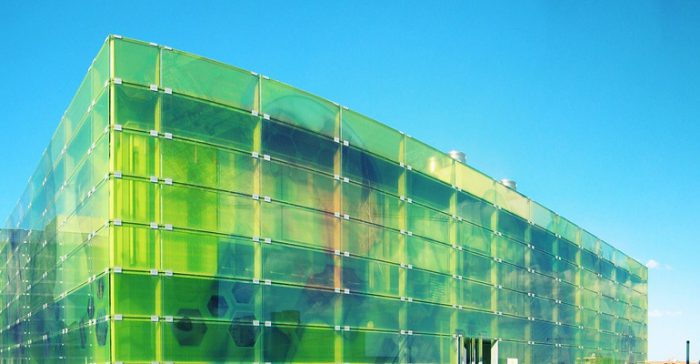Ryan Pollin for Zondits, January 10, 2015. Image credit: hansbrinker
The Department of Energy (DOE), which is generally the last word on such things, has released a common definition for zero energy buildings (ZEBs). Let’s have a look and break it down:
An energy-efficient building where, on a source energy basis, the actual annual delivered energy is less than or equal to the on-site renewable exported energy.
I like several things about this definition, chiefly that it settles the debate over using site or source energy. This was (and may remain) the crux of the confusion around ZEBs. It’s not contained in that sentence, but the DOE references ASHRAE Standard 105 for the national average source energy conversion factors. Since there is so much diversity in the grid across the country, it would be nice if the definition allowed space for regional source energy conversions.
Another important point contained is that the exported energy must be renewable. This specifically includes decarbonization as one of the key objectives of ZEBs, and not just decentralization of power generation. It means a building can’t rely on combined heat and power or other fossil fuels to provide its offsetting export capacity.
Similarly, it declares that the building must be energy-efficient. That is a nice sentiment, but the DOE gives no guidance on how to quantify that, and in fact they don’t even mention it again in the 22-page report. I would submit that declaring a building “energy efficient” is even murkier than declaring one a ZEB, so why drag it into this definition?
The definition of ZEB has been a sore spot for communication about the topic for some time, and the concept continues to evolve in the minds of industry professionals. We should be glad have some common language, even though it might be revisited in the future.

